Resumen:
A study of the mechanics of nanowire network materials will be carried out in this doctoral thesis, materials that have been sparsely studied due to the vast amount of existing material. For this, experimental methods will be combined with analytical models to describe the tensile mechanical properties of these systems and their inherent damage tolerance. Additionally, the fundamentals of stress transfer at the nanoscale will be investigated, including in-situ measurements in electron microscopes, with orientation being considered a fundamental parameter in the mechanical properties and stress transfer. Finally, a micromechanical model will be obtained and applied to study the damage tolerance of nanowire network electrodes.
This research addresses the mechanical properties of silicon nanowire networks, studying their Young’s modulus, tensile stress, and hysteresis in cyclic tests, with particular attention to failure prediction, presenting the current issues found in these studies, which are based on the use of the Weibull distribution, which fails to predict failure correctly at low stresses. Therefore, in this work, a model that truly predicts failure is proposed, not only in nanowire networks but also in 1D materials, which is the fishnet distribution. For this purpose, not only silicon nanowire networks were studied but also CNT sheets, CNT fibers, BNNT buckypaper, PBO fiber, among others.
Furthermore, a critical review of the literature is presented, comparing nanowire networks with other 1D materials, with the aim of evaluating their mechanical properties and the type of symmetry that governs them, studying models for random networks, fiber symmetry, and 2D symmetry. From these models, key parameters have been gathered for the future presentation of a micromechanical model. This literature review also highlighted the importance of orientation in mechanical properties, as well as the correct measurement of these, using microscopy, X-rays, or Raman spectroscopy, presenting their advantages and disadvantages, through which the orientation of silicon nanowire networks, CNT sheets, and boron nitride nanotube buckypapers has been measured.
